Mushrooms of the southwest are varied and abundant. They can be found growing in many different habitats.
Some of the most common southwest mushrooms include the following: The Sonoran Desert boasts a variety of colorful mushrooms, including the beautiful desert shaggy mane.
The Chiricahua Mountains are home to many different kinds of mushrooms, including the well-known morel. In addition to these two hotspots, there are many other places in the southwest where mushrooms can be found growing in abundance.
List of Edible Southwest Mushrooms
Don’t eat mushrooms or fungi that have not been classified and identified as edible. Also make sure to cook all edible fungi before consumption.
1. Lobster Mushrooms
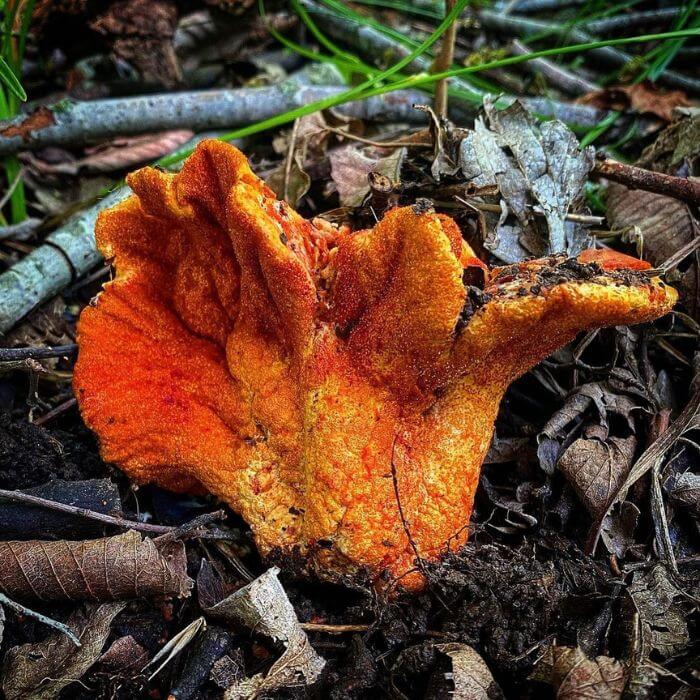
source:destroyingangel1
Lobster mushrooms are edible Southwest fungi that have a variety of benefits. And, they make a great addition to pasta as well as risotto dishes.
Identification:
For starters, these mushrooms grow on dead or living conifers such as hemlock and fir trees.
The bright colors are one of the main features to look out for when identifying lobster mushrooms – they can range from red, deep orange, depending on the species. They also come in various shapes including fan-shaped caps or club-like bodies.
Their texture is quite meaty as well. Identifying lobster mushrooms is easy for foragers with the right knowledge.
2. Porcini
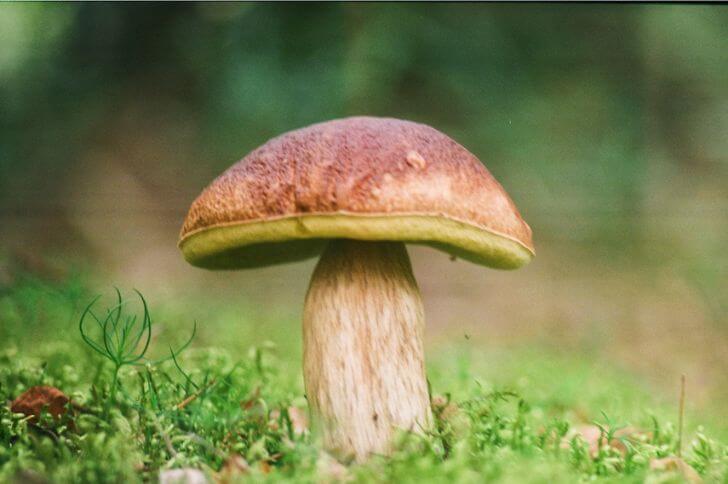
From Arizona to New Mexico, penny buns or pens or boletus edulis or porcini mushrooms are edible fungi that occur in most habitats. The species found in this region is called California King Bolete.
Identification:
It is characterized by its brown cap and white stem, and grows in areas with plenty of trees and moisture. A mature mushroom can weigh up to 2 lbs and I think that is more than enough for most recipes.
Porcini is prized for its nutty flavor and firm texture, making it a popular ingredient in many dishes. Though it can be difficult to find in the wild, boletus edulis mushrooms can often be found at farmers markets or specialty grocers.
3. Giant Western Puffball
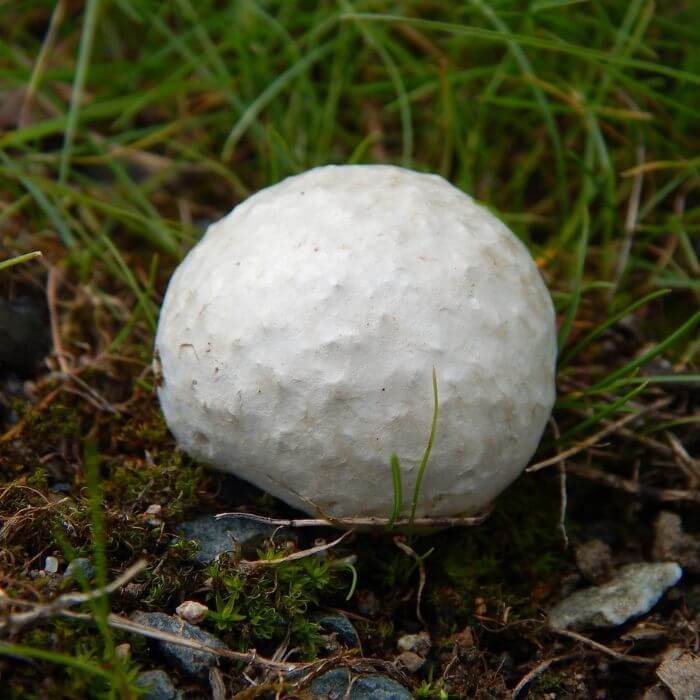
Some mushrooms come in interesting shapes. And the giant western puffball, shaped like a brain, is a great example.
Identification:
Giant western puffballs can grow up to two feet in diameter. Note the large brain-like body with no stem. They are found in woods and meadows across the Southwest. Puffballs get their name from the way they release their spores when they mature.
The spores are contained inside the puffball, and when the mushroom is ready to release them, the puffball will burst open, releasing a cloud of spores into the air.
You can eat young puffballs. Ensure their flesh is solid white. As they mature, the flesh of the puffball turns yellow, then brown, and eventually black. When this happens, the puffball is no longer edible. Some people say that mature puffballs have an earthy taste, while others say they have a bland taste.
4. Aspen Oyster Mushroom
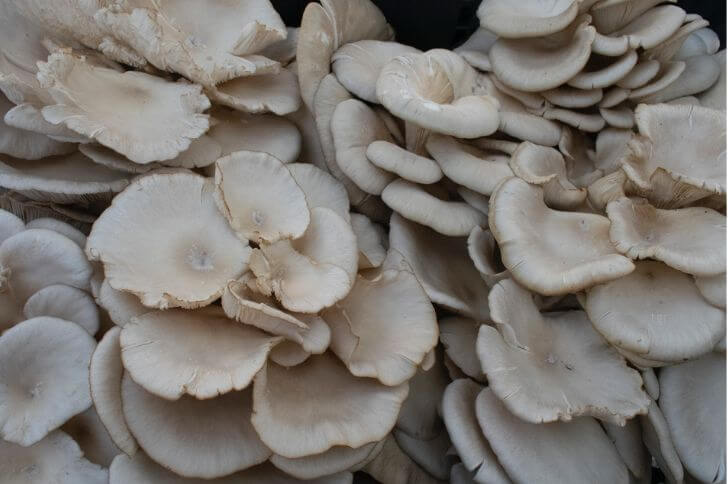
Oyster mushrooms are some of the most common fungi species of the southwest. Aspen oyster mushrooms, a member of this family, are a type of fungi that grows on dead or dying aspen trees.
Identification:
These mushrooms are characterized by their distinctive oyster-shaped caps and white gills. Aspen oyster mushrooms are edible and have a mild, slightly sweet taste.
These mushrooms can be found growing in wooded areas in Arizona as well as New Mexico. In the wild, aspen oyster mushrooms typically fruit in spring through fall. However, they can also be cultivated indoors year-round.
Aspen oyster mushrooms resemble veiled oyster mushrooms and angel wing mushrooms.
5. Corn Smut
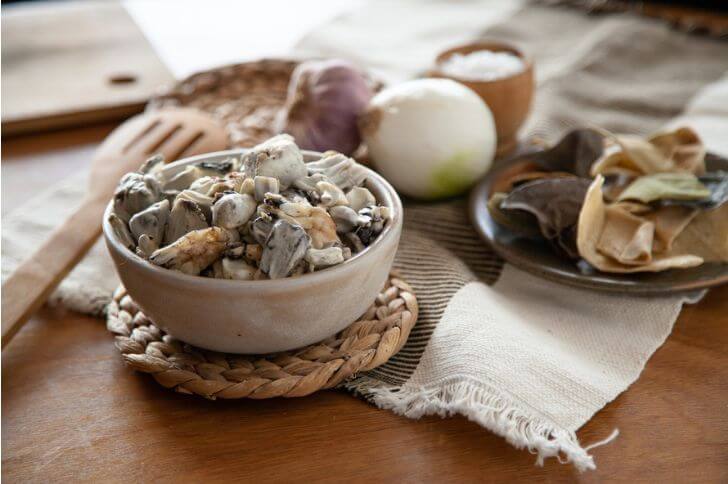
There are plenty of corn fields in Southwest states and with these fields we get corn smut or huitlacoche.
Identification:
Huitlacoche are a type of fungus that commonly affects corn crops. The mushroom gets its name from the smutty black spores that it produces. Corn Smut mushrooms are actually edible, and are considered a delicacy in Mexican culture; mostly huitlacoche tacos and soups. Check this tacos recipe.
6. Scaly Hedgehog
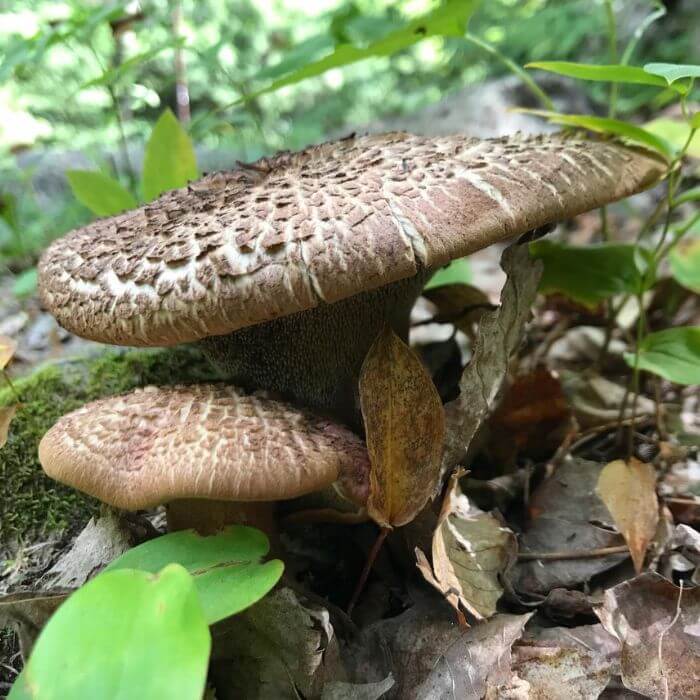
source:dasanel1
Scaly hedgehog or the Sarcodon imbricatus or shingled hedgehog is a species of tooth fungus in the family Bankeraceae.
Identification:
The fruit body of the fungus is a brown 12-inch cap with darker brown scales that gives it its scaly name. And on its under surface, instead of the traditional gills, this large Southwest have short spines that give them their hedgehog name. Their thick stipe stands at about 4 inches.
They grow in hilly places around firs. Also, mature scaly hedgehogs are bitter, so when hunting I recommend you pick younger mushrooms with smaller caps. You can also dry these Southwest mushrooms and use them for tea.
7. Orange Peel Fungi
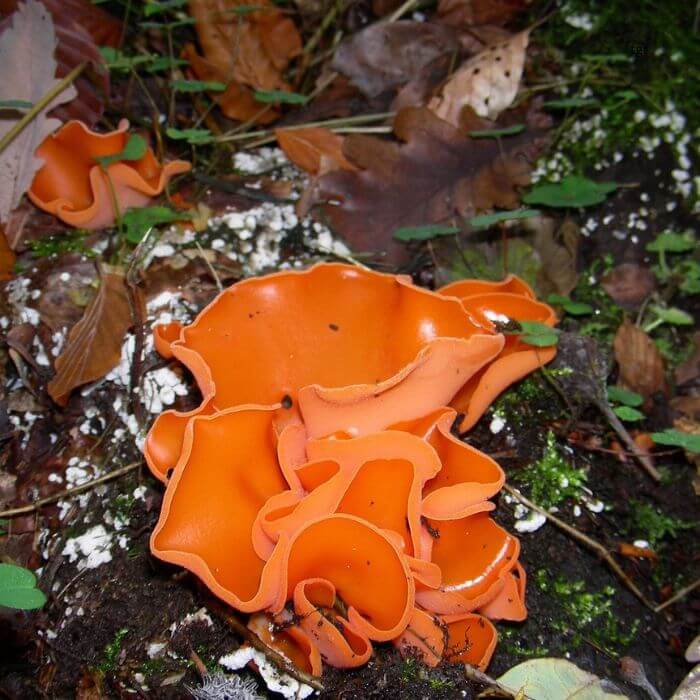
Orange peel fungus are vividly colored mushrooms that occur in Arizona, New Mexico and other Southwest states. The scientific name for this fungus is Aleuria aurantia.
Identification:
Very distinctive. At first glance it looks like someone dropped an orange rind. It has a bright orange cap that forms “petals” and no gills. When cut, the orange peel fungi has very thin, orange flesh. It doesn’t have a stem.
Are orange peel fungi edible? Yes, their wavy caps are edible. Ensure to thoroughly cook.
Related Read: Learn about mushrooms of Hawaii
8. Golden Chanterelle
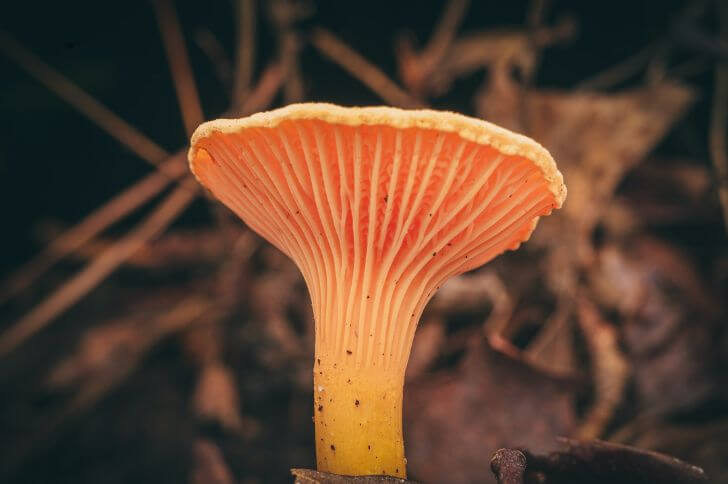
Are there golden chanterelles in the Southwest? Yes, this edible mushroom occurs in most of western North America.
Identification:
Golden chanterelle mushrooms are a variety of edible mushrooms that can be found in the wild or cultivated. They have a unique, slightly fruity flavor that pairs well with many different dishes.
Their body is about 1-4 inches and the color changes from yellow to darker shade as the mushroom matures. Instead of gills, these edible mushrooms have wrinkled veins also known as false gills.
Like other chanterelle varieties, they are a versatile ingredient that can be used in soups, stews and even as a standalone side dish. When cooked properly, they have a firm texture with just a hint of crunch.
If you’re lucky enough to find golden chanterelles in the wild, be sure to cook them thoroughly before eating.
9. Orange Latex Milky
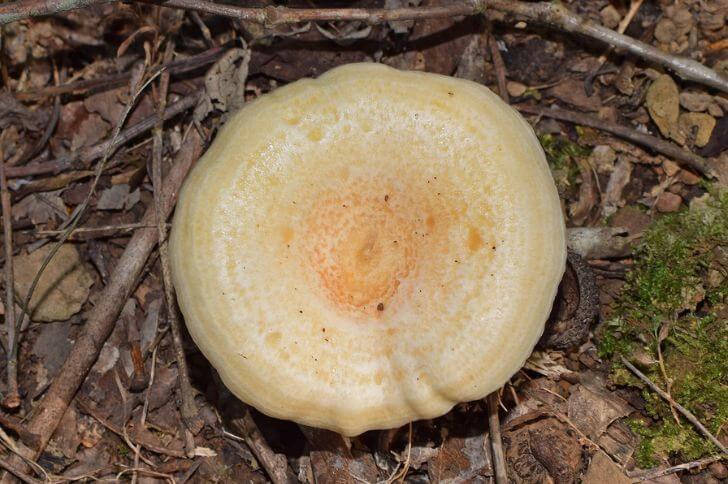
Lactarius Deliciosus commonly known as the orange latex milky in North America is a wild edible mushroom in the genus Lactarius. In Europe its called red pine mushroom or the saffron milkcap.
Identification:
It is a medium to large sized mushroom with an orangish cap and crowded orange gills. The flesh of the mushroom is orange-red and has a milky latex when cut or broken. The taste of the mushroom is mild. Red pine mushrooms have an apricot-like smell.
This fungus grows on the ground under conifers. The peak time for finding this mushroom is from spring to fall.
10. Black Morels
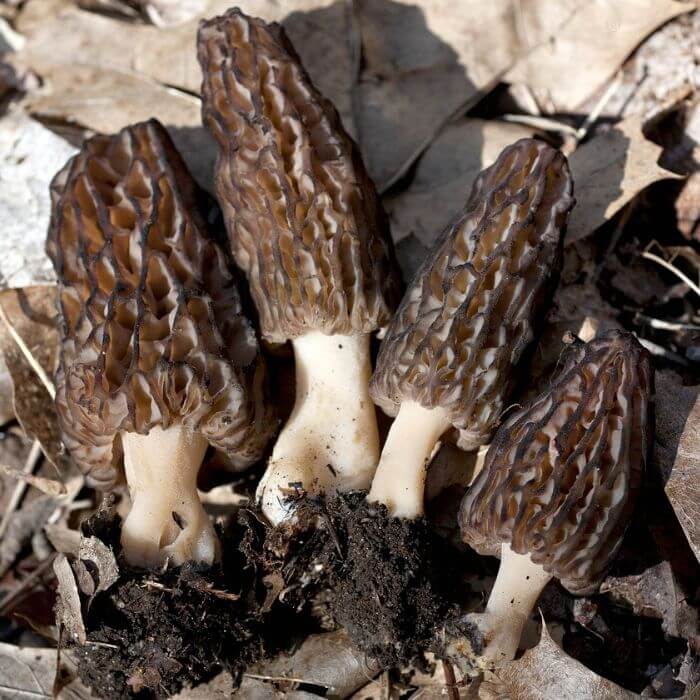
Are there morels in the Southwest? Every now and then, black morels pop up in parts of Arizona. These rare mushrooms are sought-after mushrooms by foragers and chefs alike.
Identification:
These spongy, honeycomb-shaped fungi can be found in Sedona, typically in the springtime. Morels have a rich, earthy flavor that is often described as nutty or smoky, making them a desirable ingredient in many dishes.
While morels can be eaten raw, they are usually cooked before being enjoyed. The most common way to prepare morels is to simply sauté them in butter or oil until crispy. Morels can also be breaded and fried, or used in soups and sauces. No matter how you choose to enjoy them, morels are a delicious addition to any meal.
11. Desert Shaggy Mane
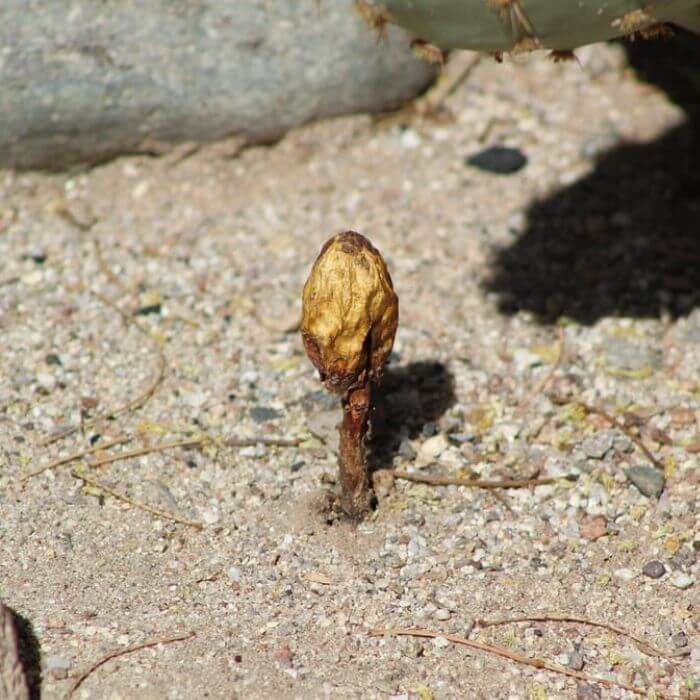
source:heyitshelios
Desert shaggy manes are desert fungi that thrive in desert conditions of the Southwest. They look like the common shaggy mane.
Identification:
This fungi grows to about 5 inches tall but lacks deliquescing gills. The desert shaggy mane is edible when young and has a woody texture but if you have another option such as porcini, I recommend you avoid this tasteless desert mushroom.
The desert shaggy mane grows on soil or sand, often in organic matter as it helps provide nutrients for the fungus. It takes anywhere from one day to two weeks after rain for them to emerge because they need moisture in order to sprout.
12. King Bolete
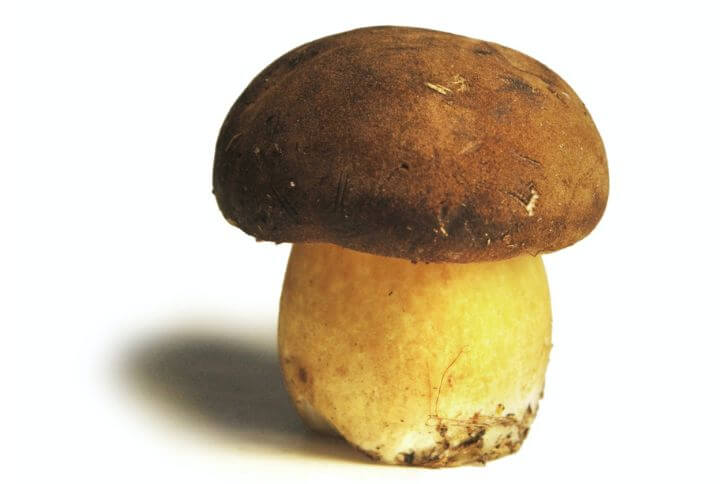
King boletes, also known as Cep or porcinis, are delectable mushrooms that have been enjoyed for centuries.
Identification:
These mushrooms of the southwest have a large, tan to golden-brown cap with a yellow stem. The King bolete can grow up to 12 inches in diameter and can weigh up to 6 lbs. It is usually found growing near hardwood trees such as oak or beech during the spring- summer months.
This delicious mushroom can be used in soups, salads, omelets and pasta dishes. Its firm texture and nutty flavor make it an ideal ingredient for vegetarian meals as well as meat entrees. Best way to describe this Southwest mushroom … “the steak of mushrooms” due to its hearty flavor and texture.
Inedible Mushrooms of the Southwest
13. Shaggy Scalycap
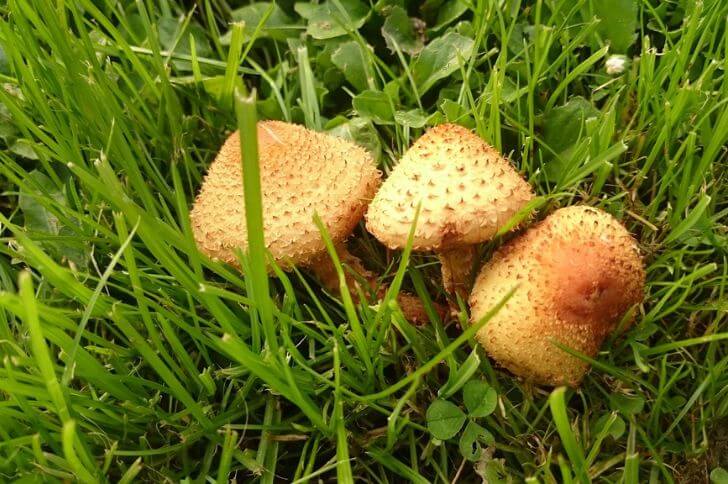
Shaggy scalycap is an edible mushroom that has been used in many cultures for centuries. This mushroom is known by several other names including Pholiota squarrosa, the shaggy pholiota and the scaly Pholiota.
Identification:
It grows in clumps on stumps or logs of deciduous trees and can be found in much of Southwest North America.
The shaggy scalycap’s appearance makes it stand out from other mushrooms; it has a yellowish-brown to tan cap with what looks like scales on the outer surface.
Its stem is usually yellowish-brown to white and covered with fine, dark brown scales. The gills are grayish-yellow when young but become brownish as they age.
Like other mushrooms in their family, shaggy scalycap are not edible.
14. Dyeball Fungus
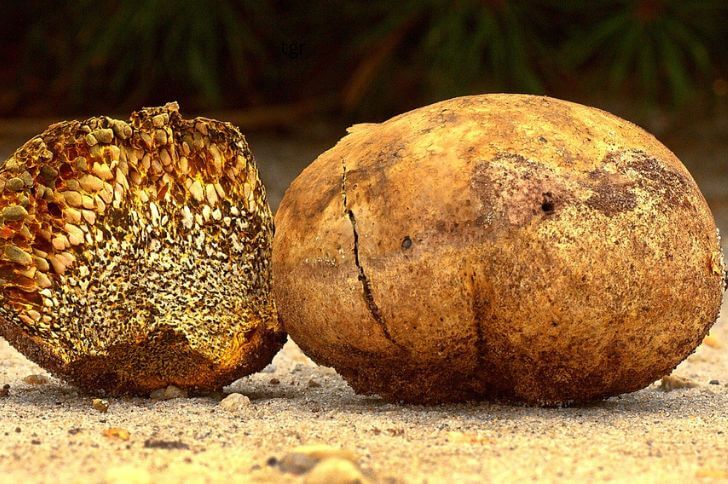
Dyeball fungus, scientifically known as Pisolithus arhizus, is a species of the sclerodermataceae family. It is a type of wood-rotting fungus that has gained its name from its unique round fruiting bodies.
Identification:
Also known as the horse dung fungus in Australia or dead man’s foot in North America, these large mushrooms appear to be dark brown in color and have a diameter between 1.5-7.8 inches.
The exterior of the Dyeball fungus is usually covered with an ash-like layer which makes it look like it has been burnt.
These large fungi can be dried and used as in dyeing.
Final thoughts on Southwest fungi
In conclusion,the mushrooms of the Southwest are a delight to explore. From their beautiful shapes and colors to their unique and varied flavors, these fungi have a lot to offer.
With the right foraging techniques, anyone can learn to identify, harvest, and enjoy these wild mushrooms. As we continue to explore this diverse region, it’s important that we respect our environment by following sustainable harvesting practices. With mindful collecting, everyone can experience the abundance of mushrooms in the Southwest for years to come.
Hi There,
My name is Jenny. I’m the Chief Editor at Try Green Recipes and besides making yummy and healthy foods for my kids, grandkids, and friends. I’m new to the blogging world but I believe what I have to share is unique and will bring joy to your home. If you are adventurous and want try something tasty, let’s get started.

